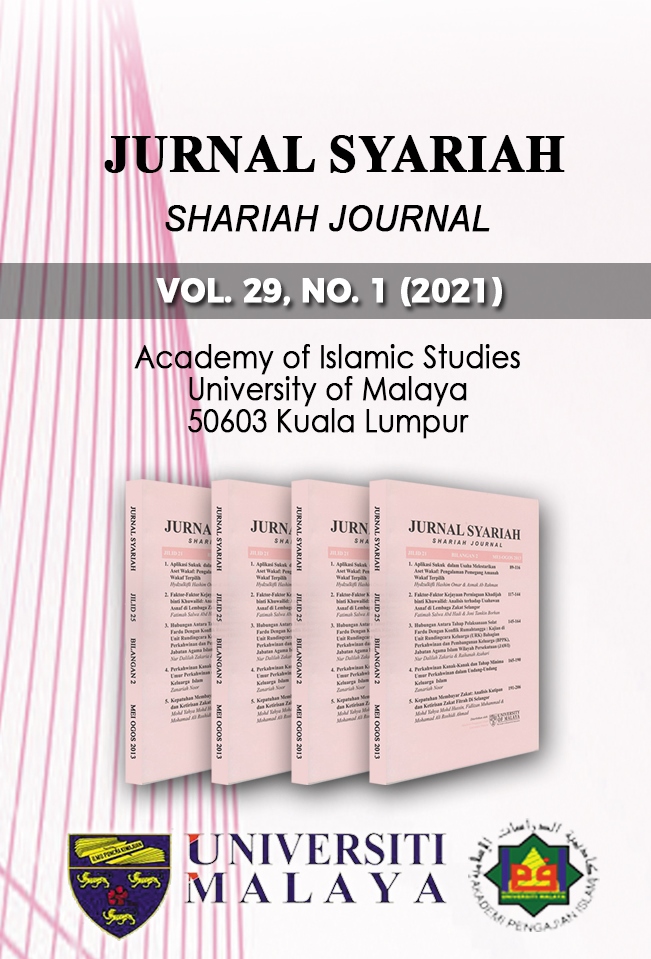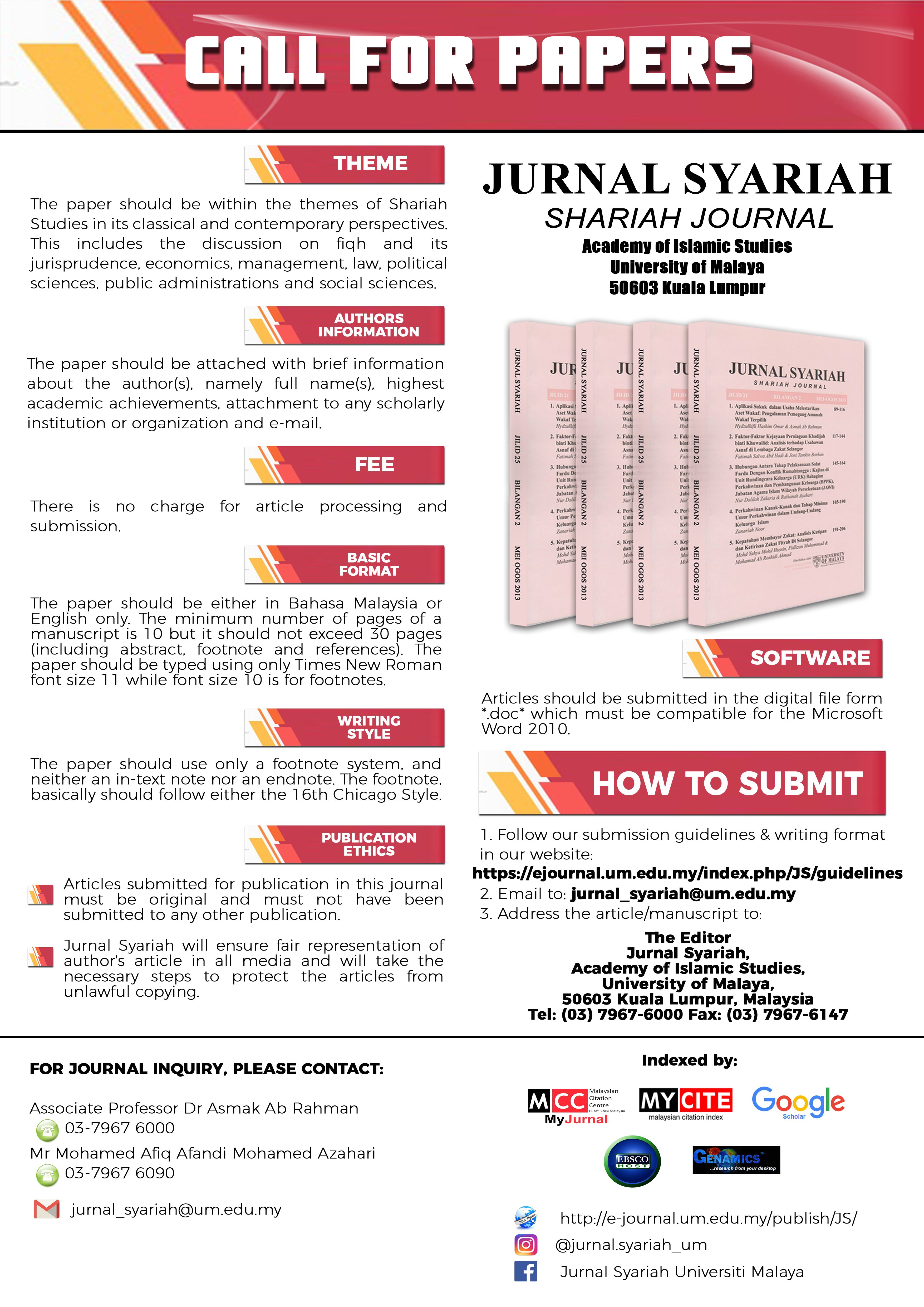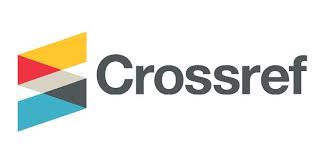LIABILITI BAGI PENIPUAN TORT DALAM FORENSIK
DOI:
https://doi.org/10.22452/js.vol29no1.7Keywords:
tort of deceit, deceit in Islamic law, deceit in forensic, forensic evidence, fraud, liability in tort of deceitAbstract
Deceit is one branch of the offense under tort law. Deceit can be said to be a fraud act committed by someone who caused the other party to suffer loss or injury. The party suffering a loss or an injury can bring a claim in court on the basis of the tort law. Besides, the claimant must proof several important things before the court can decide the liability. This proof or evidence requires scientific verification by forensic experts. The testimony of the forensic expert can be used to convict deception and also can be used to dismiss the case in court. However, some forensic evidence is wrongly given in the trial. This has a significant effect on both the claimant and the defendant. As a result, the question arises as to what is the liability for tort of deceit in forensic according to tort and Islamic law. The purpose of this study is to define the meaning of deceit in tort and Islamic law as well as the liability for tort of deceit in forensic. This is a case study which gathered materials based on literature reviews, including cases published in Malaysian legal journals as well as cases addressed by fuqaha. The study was analyzed using thematic and descriptive methods. The study found that deceit is an offense according to tort and Islamic law. The liability for tort of deceit by a forensic expert must be determined on the grounds of which the deceit was knowingly committed while testifying to the evidence before the court. This study has implications to the judiciary; legal practitioners in Malaysia and to the forensic experts who were called to adduce evidence in court.
Downloads
References
‘Ayman Muḥammad ‘Alī, Shahādah Ahl al-Khibrah wa Aḥkāmuhā (Jurdān: Dār al-Ḥamīd, 2008).
Al-Baghdadī, Majmā‘ al-Ḍamanāt (Qāhirah: al-Maṭba‘ah al-Khayriyyah bi al-Jamāliyyah, 1890).
Al-Buhūtī, Manṣūr Ibn Yūnus Ibn Idrīs, Sharḥ Muntahā al-Irādāt, vol. 2 (Bayrūt: ‘Alam al-Kutub, t.t.).
Al-Bukhārī, Muṣṭafā al-Dhahabī, Ṣaḥīḥ al-Bukhārī (Qāhirah: Dār al-Ḥadīth, 2000).
Cole, S. A, ‘Forensic Science and Wrongful Convictions: From Exposer to Contributor to Corrector,’ New England Law Review, vol. 46 (2011): 711-736.
Dictionary.com, https://www.dictionary.com/browse/fraud, dicapai pada 22 Julai 2019.
Eckert, W. G., Introduction to Forensic Sciences, ed. Eckert, W. G. (New York: Elsevier, 1992).
Al-Ghazālī, al-Wajīz, vol. 1 (Bayrūt: Dār al-Ma‘rifah, 1979).
Ibn Duwayyan, Manār al-Sabīl, vol. 1 (Bayrūt: al-Maktabah al-Islāmī, 1984).
Ibn Qudāmah, Abī Muḥammad ‘Abd Allāh Ibn Aḥmad Ibn Muḥammad al-Maqdisī, al-Mughnī, vol. 4 (Bayrūt: Dār al-Manar, 1947).
Ibn Qayyim al-Jawziyyah, I‘lām al-Muwaqqi‘īn ‘an Rabb al-‘Ālamīn, vol. 2 (Qāhirah: Dār al-Kutub al-Ḥadīthah, 1969).
Ibn Rajāb, al-Qawā‘id fī al-Fiqh al-Islāmī (Bayrūt: Dār al-Jīl, 1988).
Klass, G., ‘Meaning, Purpose, and Cause in the Law of Deception,’ The Georgetown Law Journal, vol. 100 (2012): 449-496.
Munir Ba’albaki (trans.), al-Mawrīd: A Modern English-Arabic Dictionary, 39th ed. (Bayrūt: Dār al-‘Ilm li al-Malayīn, 2005).
Merriam-Webster,https://www.merriam-webster.com/dictionary/fraud, dicapai pada 22 Julai 2019.
Ozkul, F. U. & Pamukcu, A., ‘Fraud Detection and Forensic Accounting,’ dalam Emerging Fraud: Fraud Cases from Emerging Economies, ed. Caliyurt, K. & Idowu, S. O. (Berlin Heidelberg: Springer, 2012), 19-41.
Poklis, A., ‘Forensic Toxicology’, dalam Introduction to Forensic Sciences, ed. Eckert, W. G. (New York: Elsevier, 1992), 107-132.
Sayyid Quṭb, Fī Ẓilāl al-Qur’ān (Bayrūt: Dār al-Shurūq, 2003).
Shorter Oxford English Dictionary, 5th ed., vol. 1. (United States: Oxford University Press, 2002).
Slovenko, R., ‘Evidential Value of Therapist Versus Forensic Expert Testimony’, Journal of Psychiatry and Law, vol. 25/1 (1997): 5-32.
Spence, S. A., ‘Reading about Deception,’ The Psychiatrist, vol. 34 (2010): 146-149.
The Hans Wehr Dictionary of Modern Written Arabic, 3rd ed. (New York: Spoken Language Services, Inc., 1976).
The World Book Dictionary, vol. 1 (Chicago, United States of America: World Book, Inc. 2000).
Trevelyan, L., ‘Civil/Commercial Fraud, Fraudulent Misrepresentation and the Tort of Deceit,’ https://www.inbrief.co.uk/offences/fraud/, dicapai pada 3 Disember 2020.
Wall, W. Forensic Science in Court: The Role of the Expert Witness (United Kingdom: Wiley-Blackwell, 2009).
Zaydān, ‘Abd al-Karīm, Niẓām al-Qaḍā’ (Bayrūt, Lubnan: Mu’assasah al-Risālah, 2002).
Statut
Akta Kontrak 1950.
Akta Undang-undang Sivil 1956.
Kanun Keseksaan (Akta 574).
Kes
Bacom Enterprises Sdn Bhd v. Jong Chuk & Ors [2011] MLJU 481.
PT Gunung Madu Plantations v. Muhammad Jimmy Goh Mashun [2018] 3 MLJ 53.
Theow Say Kow @ Teoh Kiang Seng, Henry v. Graceful Frontier Sdn Bhd & Ors [2020] MLJU 57.
Yap Sau Choon@Yap Bee Yong & Anor v. Cheong Hong Mun & Ors [2016] MLJU 1203.
Downloads
Published
How to Cite
Issue
Section
License

This work is licensed under a Creative Commons Attribution-NonCommercial 4.0 International License.
COPYRIGHT: All rights reserved. Not allowed to be reproduced any part of articles and contents of this journal in any form or by any way, whether electronic, mechanical, photocopying, recording or otherwise without permission in writing from the Chief Editor, Jurnal Syariah.



















